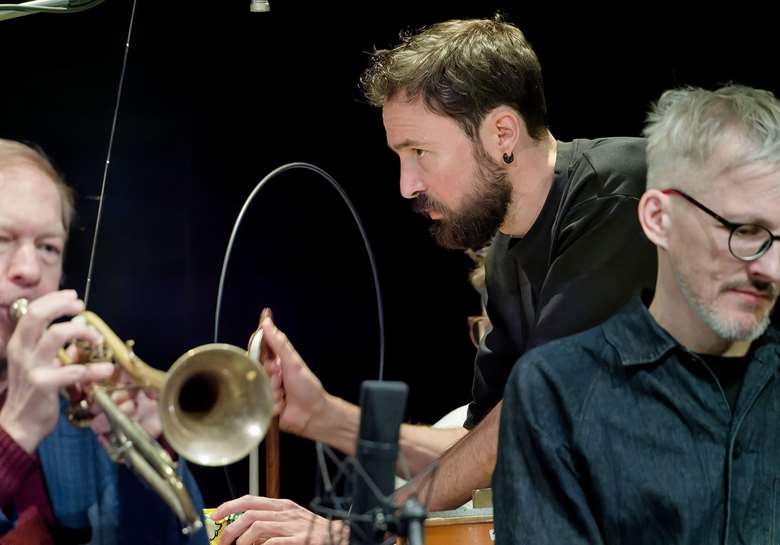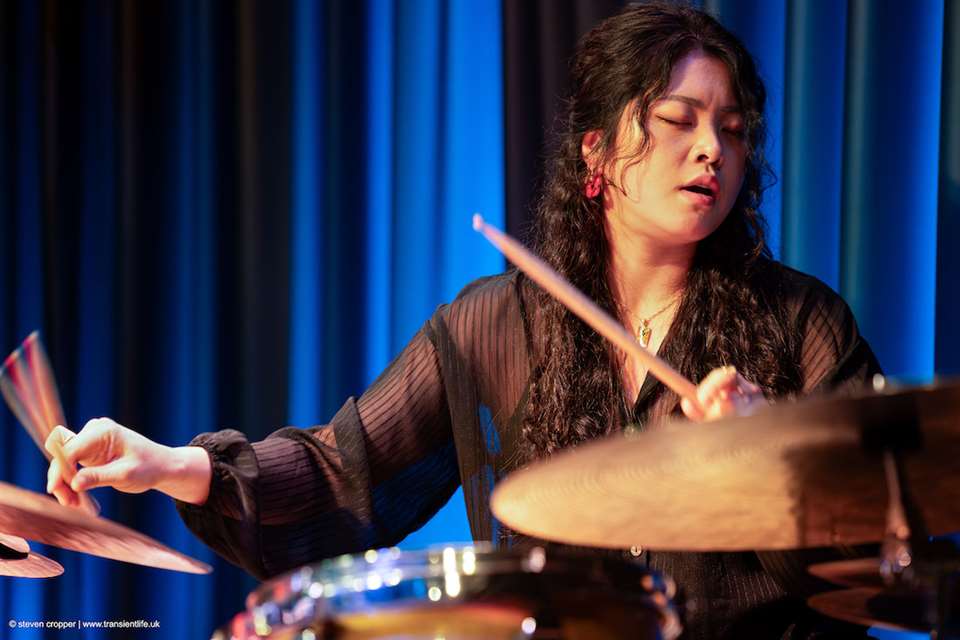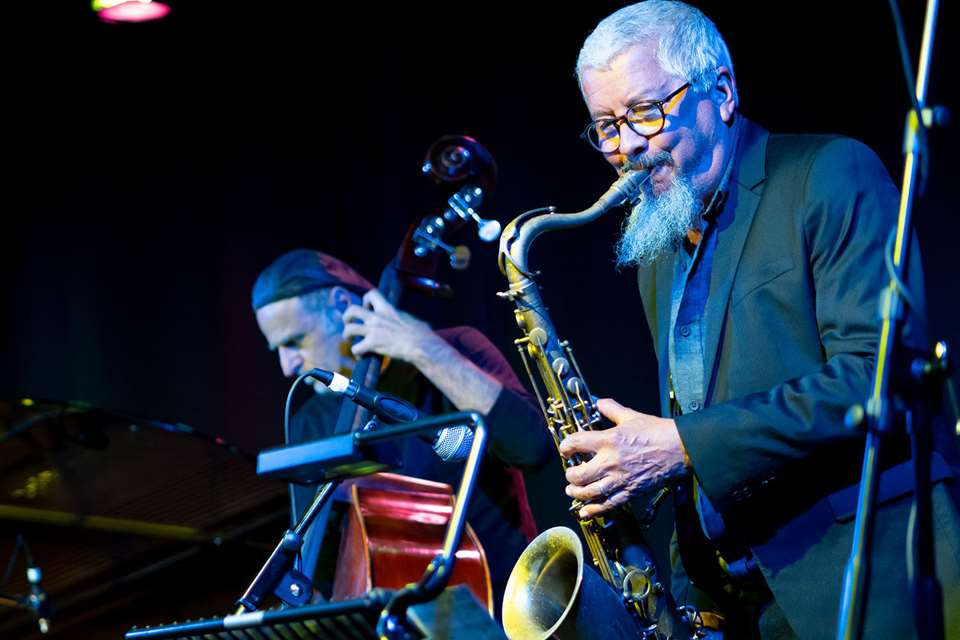Trondheim Splitter orchestras bring hardcore free improvisation to Maerz Musik in Berlin
Martin Longley
Monday, April 8, 2024
Martin Longley marvels as spontaneous abstraction is welcomed into the realms of this mostly modern composition festival. Plus, bagpipes and industrial metal percussion…


Register now to continue reading

Thank you for visiting Jazzwise.co.uk. Sign up for a free account today to enjoy the following benefits:
- Free access to 3 subscriber-only articles per month
- Unlimited access to our news, live reviews and artist pages
- Free email newsletter


